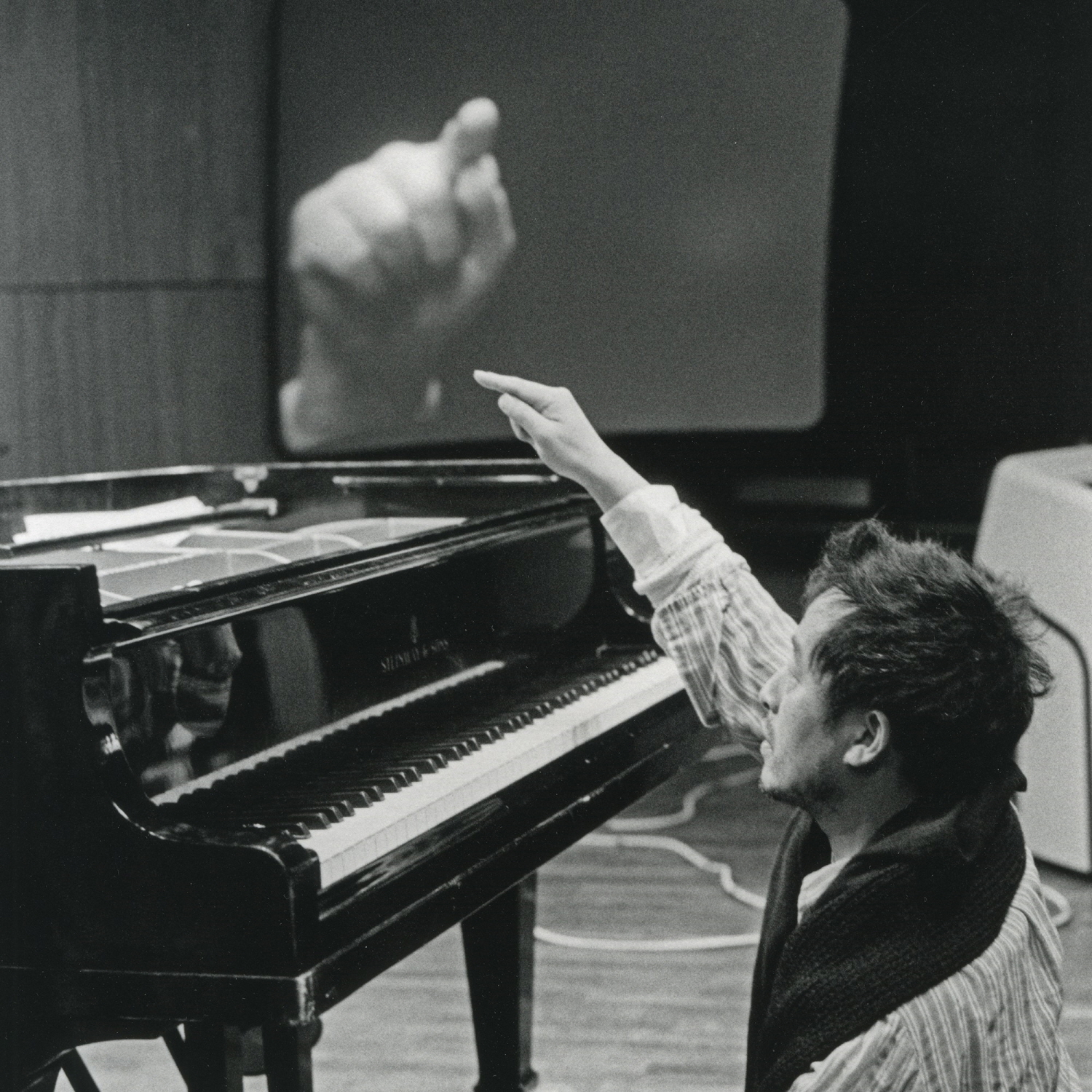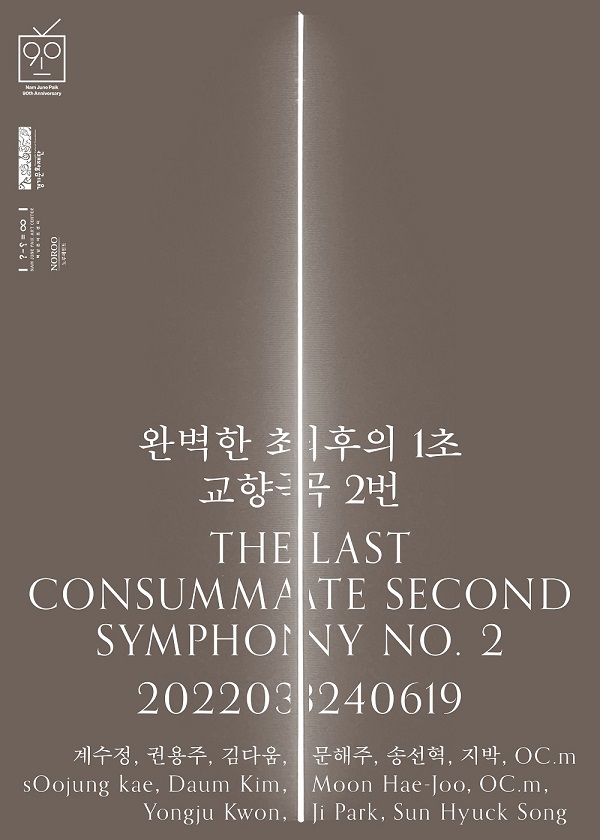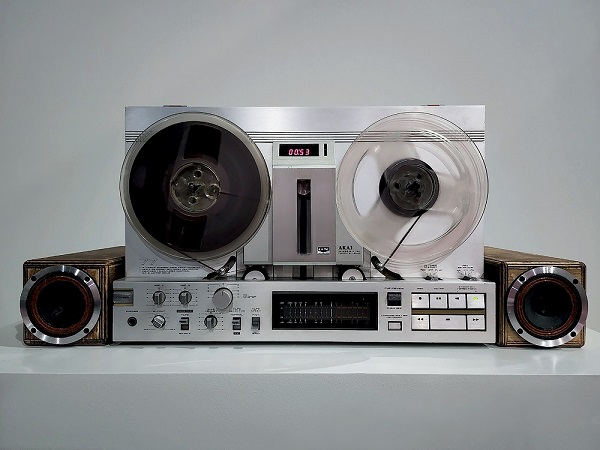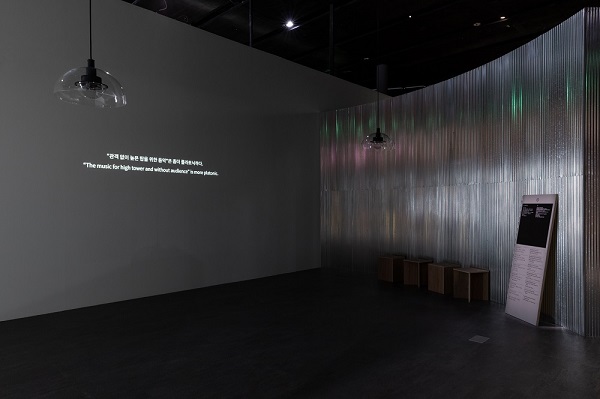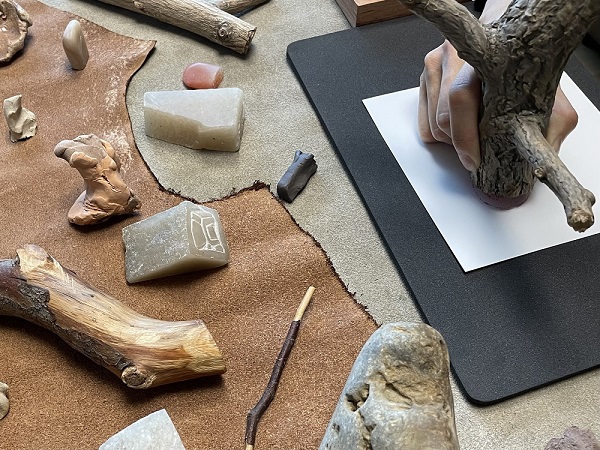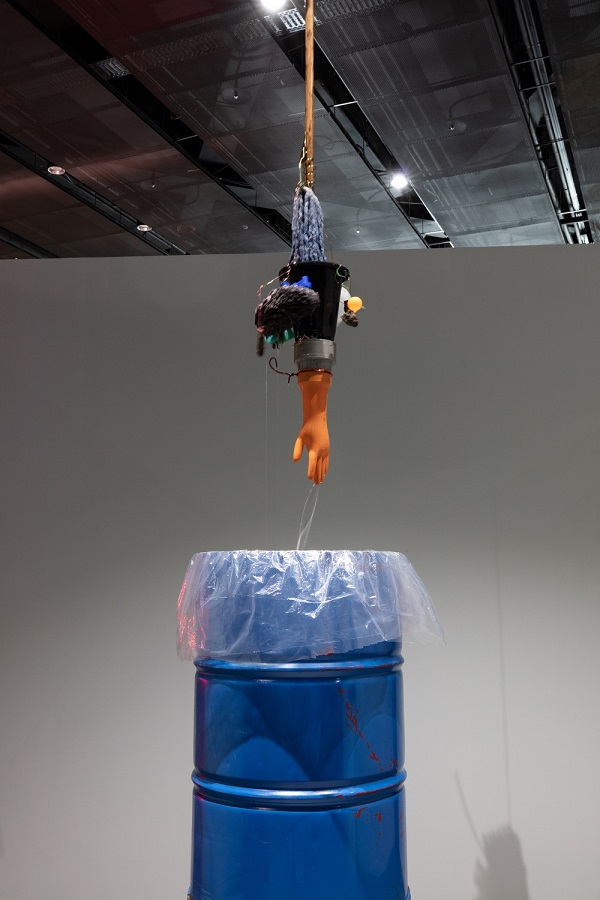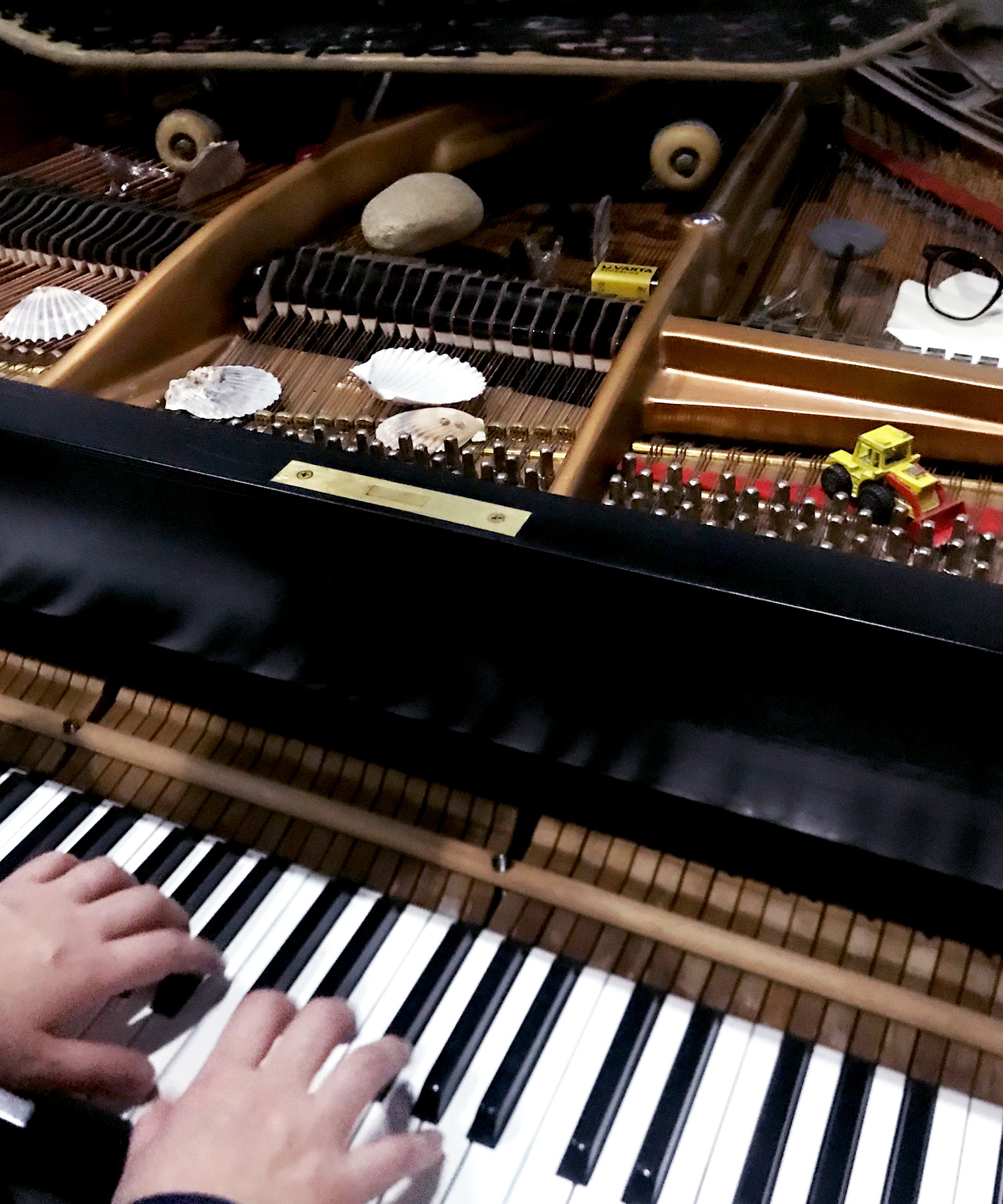“I will try to demonstrate that the relative IS the absolute.”
— Nam June Paik, To The “Symphony for 20 Rooms” (circa 1961).
To celebrate the 90th anniversary of Nam June Paik’s birth, The Last Consummate Second – Symphony No. 2 is a premiere in Korea that presents a performance of Symphony for 20 Rooms, a text score composed by Paik in 1961. This is his second symphony and is viewed as an important work that foreshowed his thoughts on art although it was not performed while he was alive.
The audience may assume that Symphony for 20 Rooms has 20 rooms on the score as suggested by the title, but it is actually composed of a total of 16 rooms, that is, 16 movements, including an empty room. It does not look like a musical score that we are familiar with – only instructions (text) that replace the functions of scales or notes are written not on music paper, but on square-shaped lines presumed to be rooms. Dynamic marks are the only hints that this is a music score. Paik assigned various sounds (tape recorders), objects, and devices that stimulate the senses in 16 rooms. The devices and objects that work not only on auditory, but also on visual, olfactory, and tactual senses, such as “a soft and mysterious scent,” “a red lamp like the one used in an X-ray room,” and “pieces of wood,” induce actions from the audience, making them walk through the rooms as if moving on to the next movement.
As such, the order of the rooms or the overall sounds continuously changes depending on who turns the score pages, how they move between rooms, and how they operate devices. This variability is a clue as to why Paik included ‘20 rooms’ instead of ‘16 rooms’ in the title. In his 1962 writing About the Exposition of the Music, Paik explains Symphony for 20 Rooms as follows: “[here] the audience has a choice of at least 20 different sound sources, between which they can freely circulate.” For him, a room is not for physical division, and rather, it is a metaphor for a real-time sound event.
Having mentioned his pursuit of the “last consummate second,” Paik wanted to convey that the single second as fixed, unchanging and absolute may not exist, but that the last consummate second as a relative concept does exist and the key to it lies with us. Following Paik’s direction, this exhibition seeks to generate the true “last consummate second” together that he wanted to find. As Paik stated “I have not composed any indetermined music, or graphic music, […] I expose music,” The Last Consummate Second invited seven contemporary artists as performers to present Symphony for 20 Rooms in the form of an exhibition.
Participating artists are those who are active in various fields including visual artists, pianists, cellists, and acousticians. Based on the score of Symphony for 20 Rooms, they present different types of works such as sound, installation, and video. Also a novelist, a researcher, musicians, and artists contribute to the score’s performance by means of reading and writing. The sounds and situations from each work are interconnected with one another to create a single symphony. This can be complete only when the audience participation is made, as both viewers and performers. Paik unfolds his score like the square and asks the audience to take part. The participatory elements throughout the rooms allow them to have hands-on experiences and create sounds themselves, thus completing the symphonic music together with the artists





